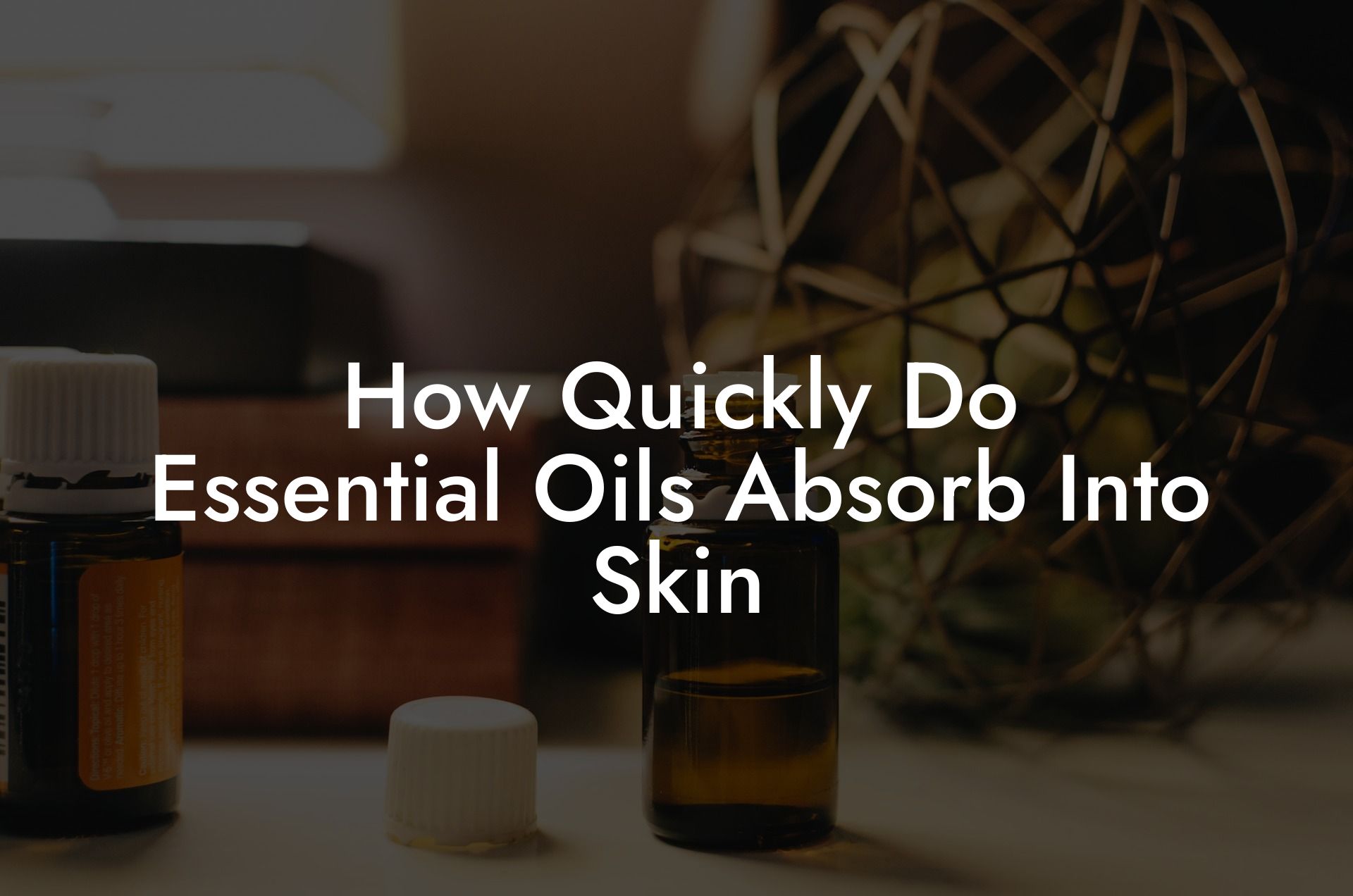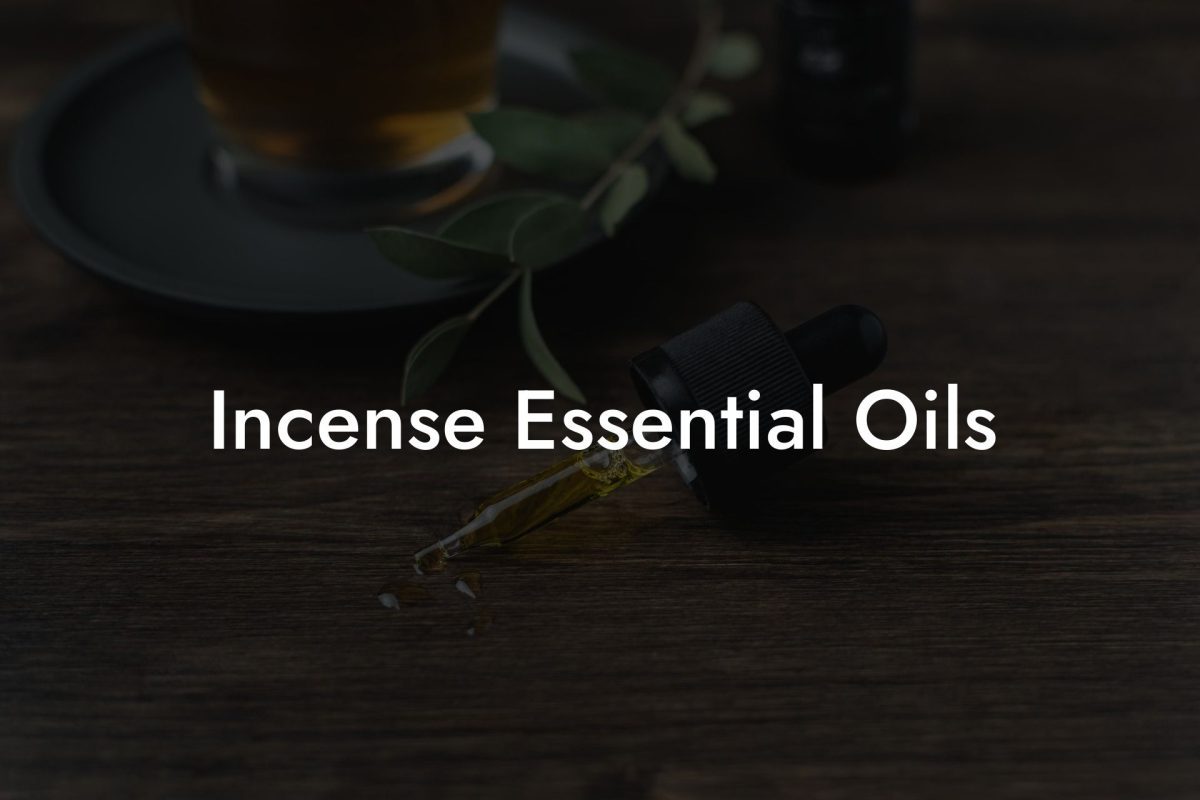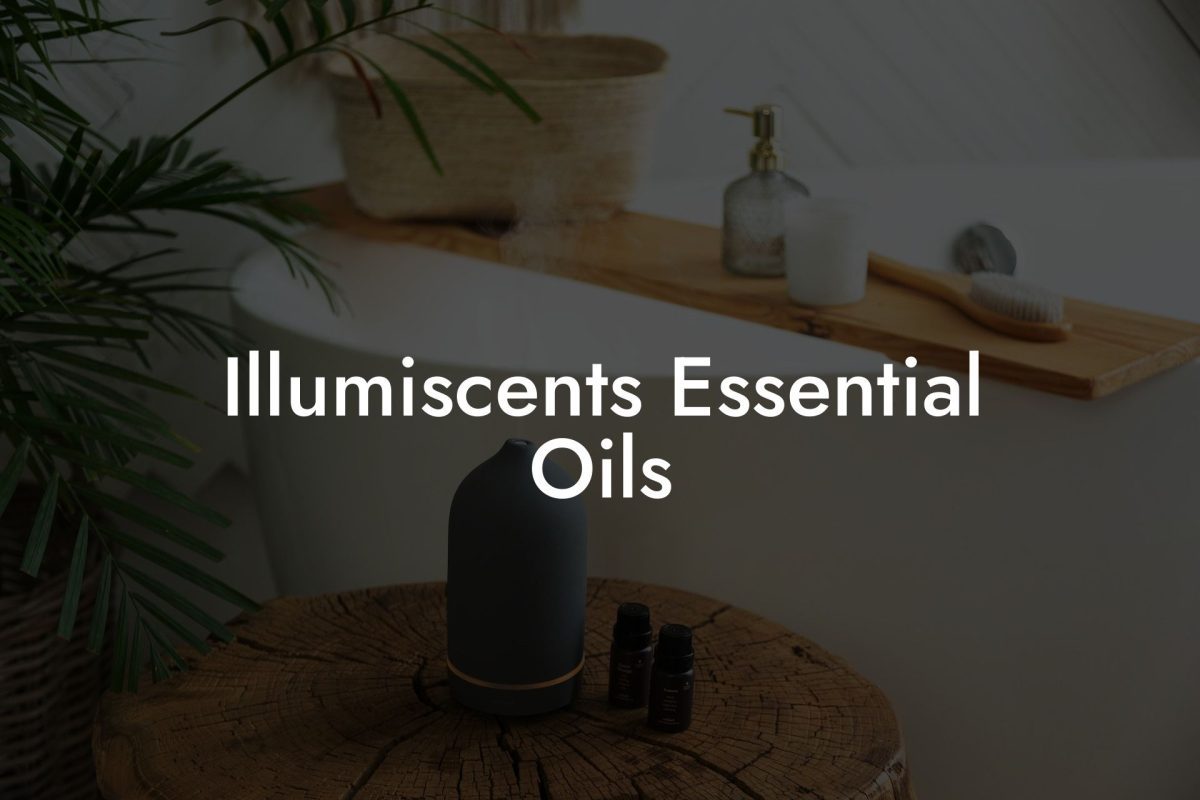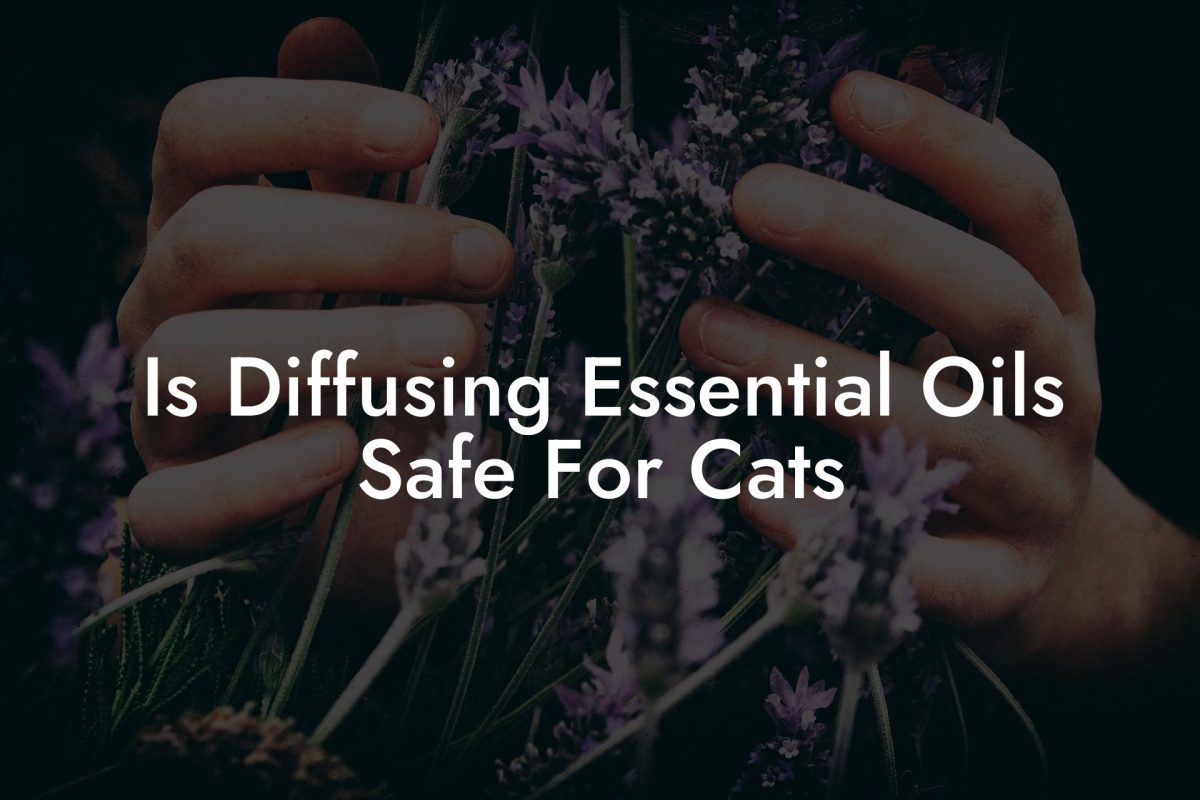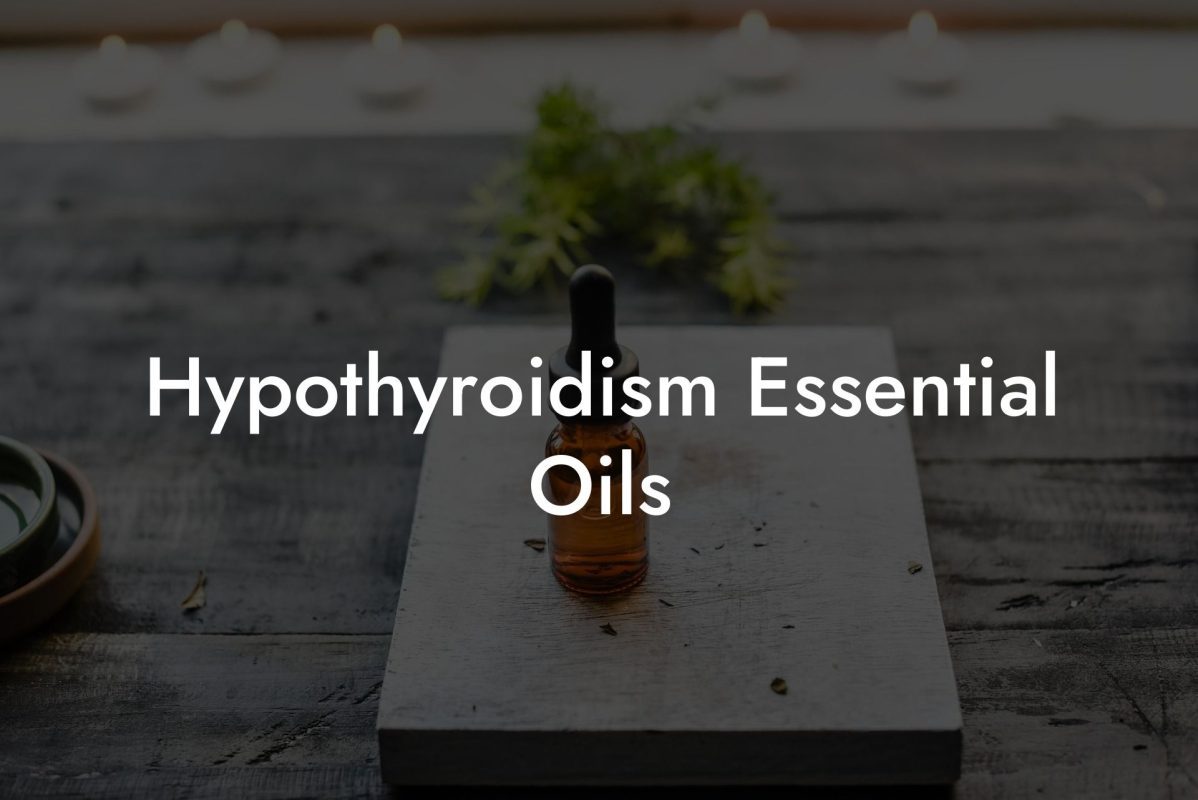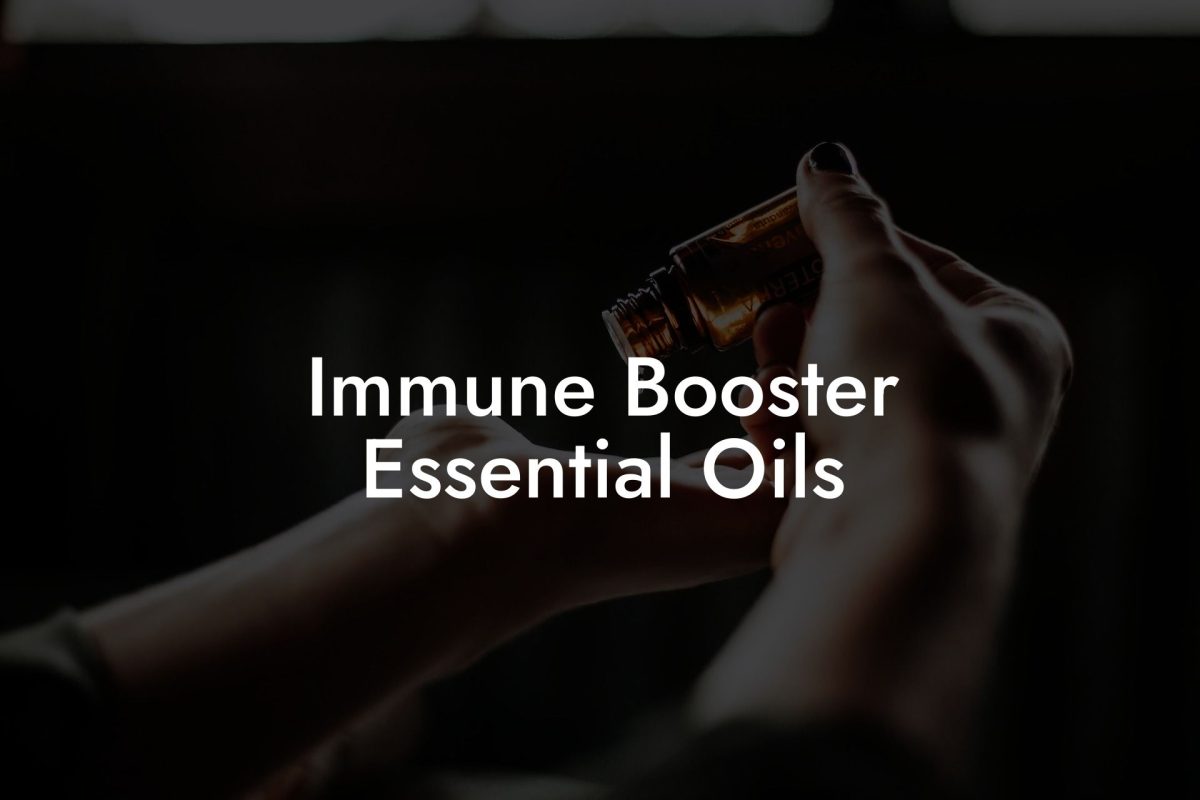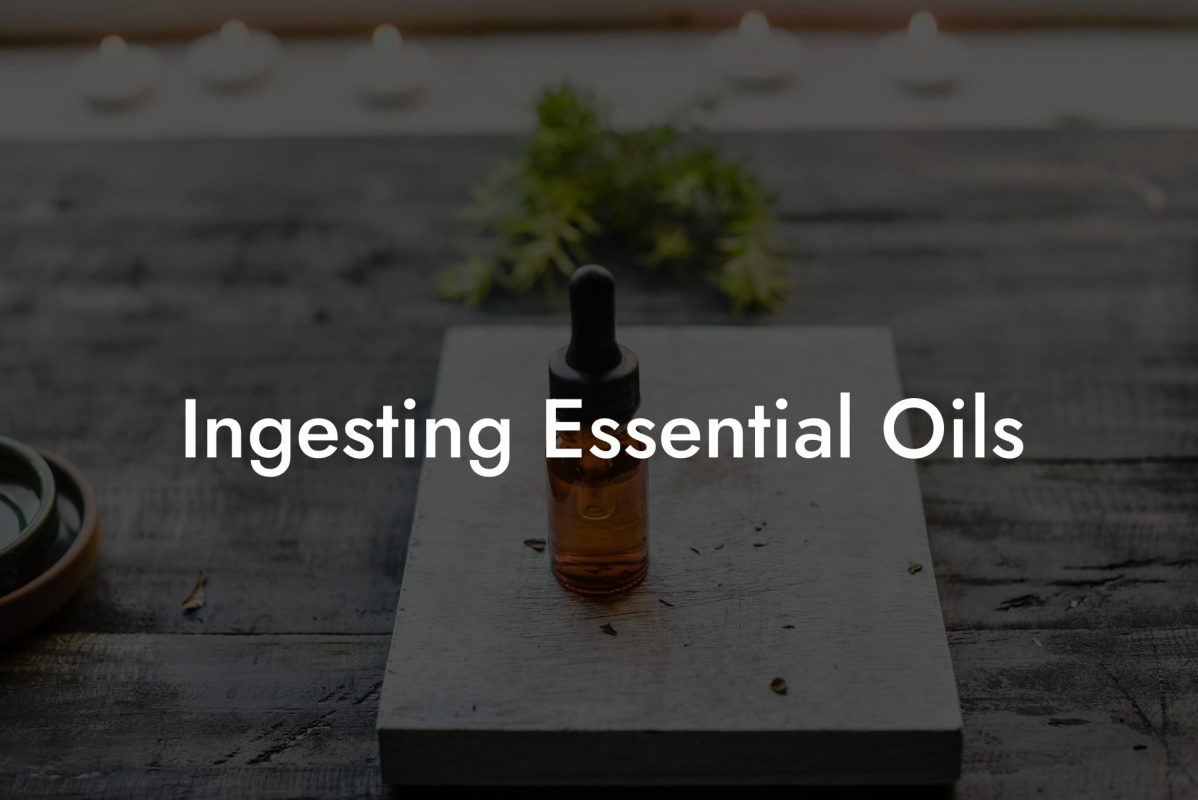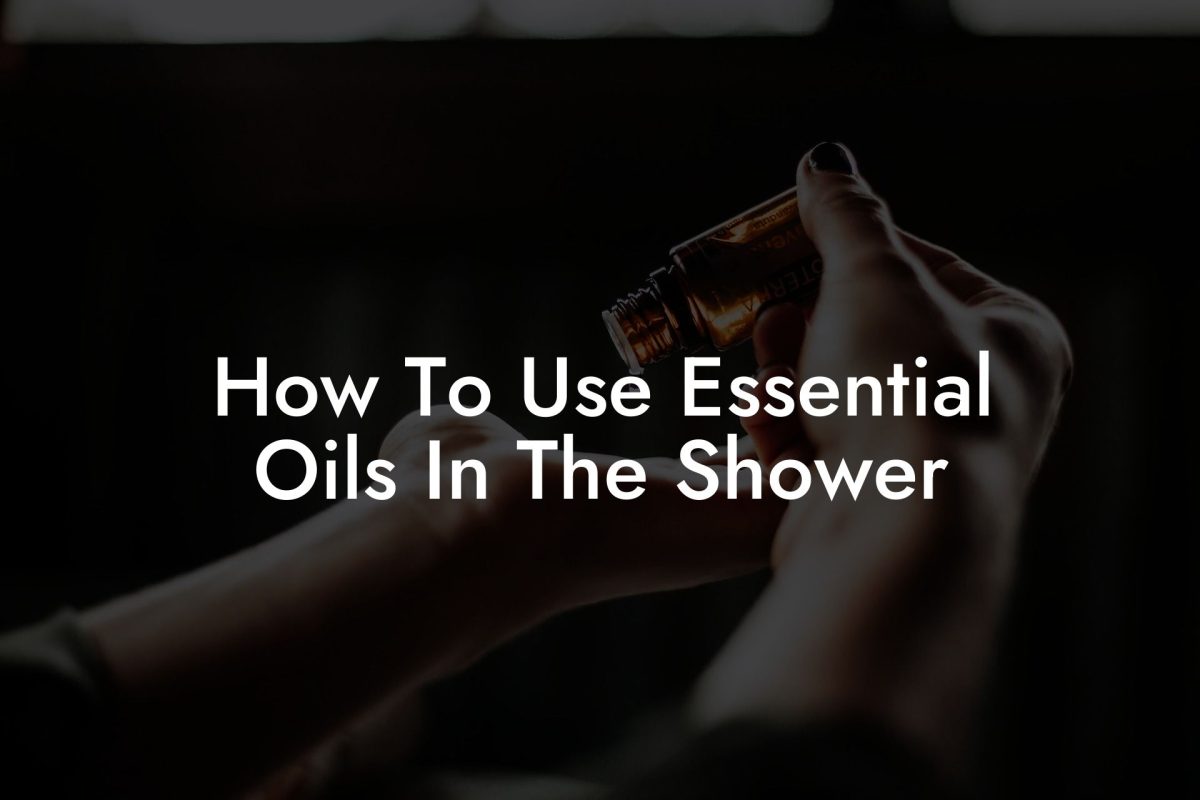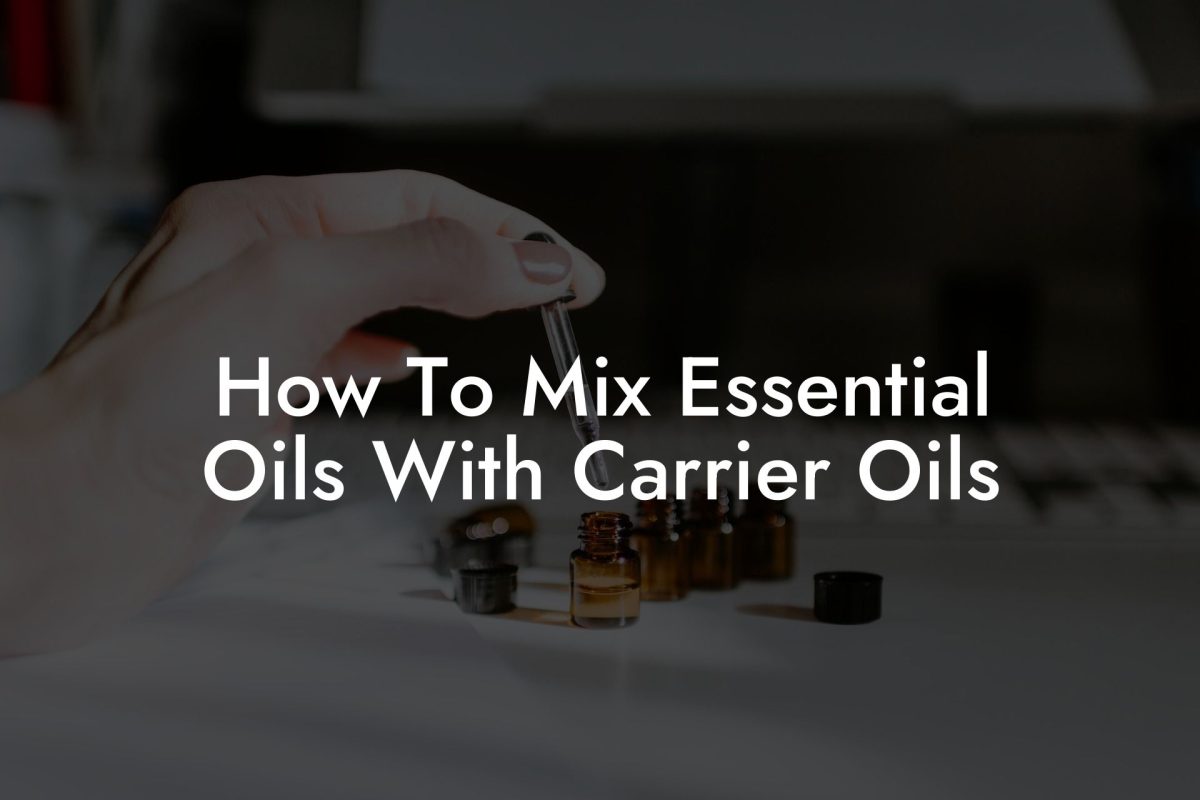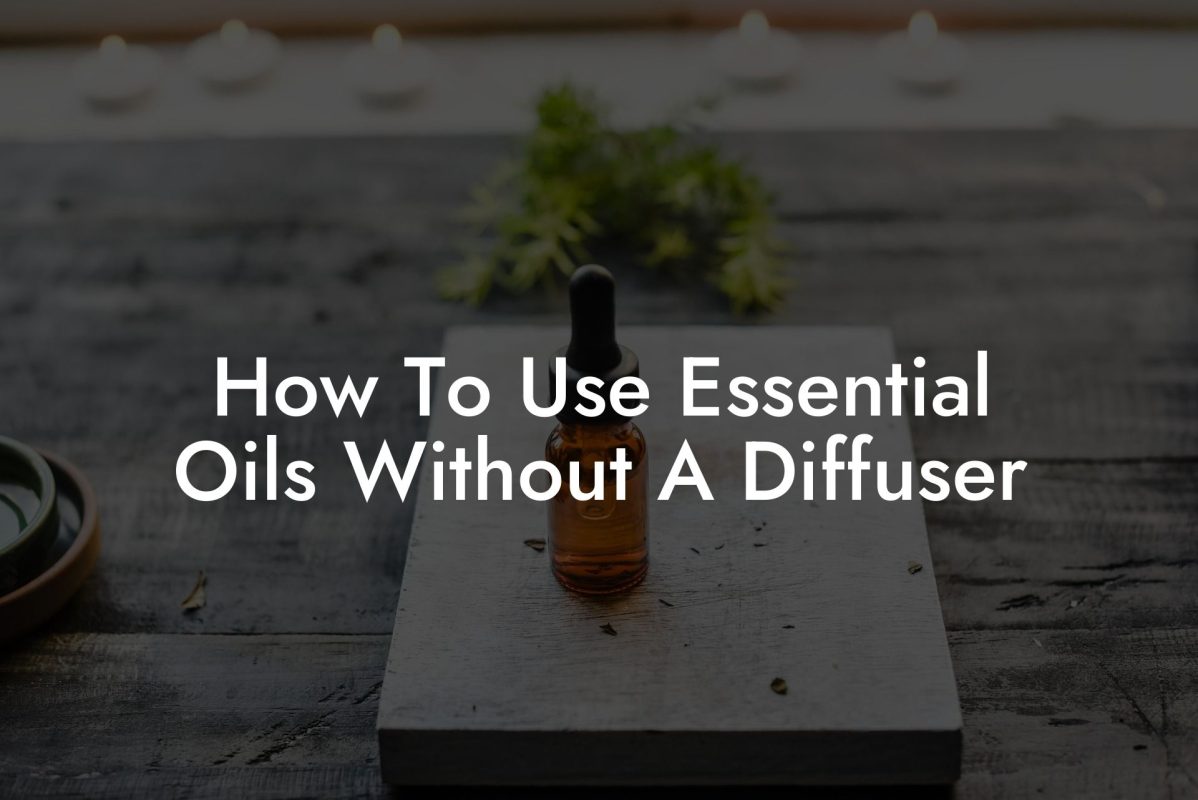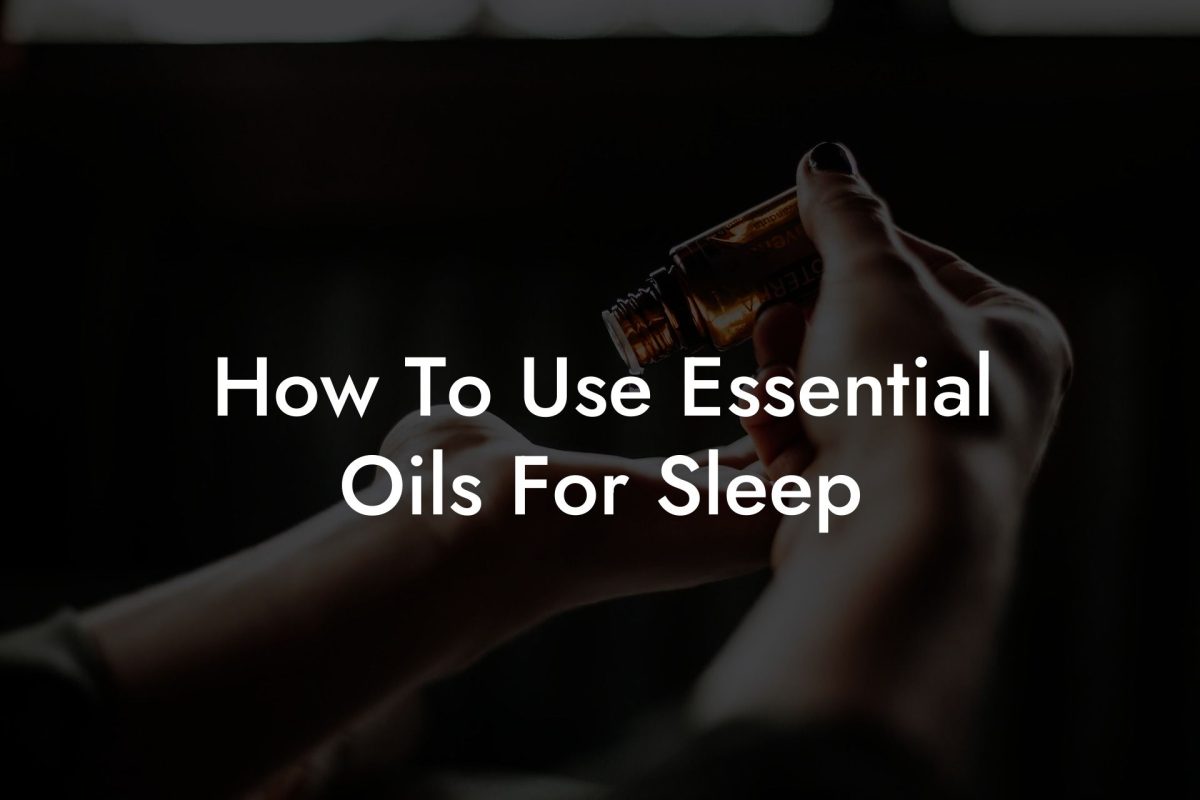Discover how quickly essential oils absorb into your skin and learn about the factors that affect absorption. Gain a deeper understanding of the molecular process behind the skin’s natural ability to absorb, process, and utilize essential oils for maximum benefits.
Table of Contents
What Affects Essential Oil Absorption?
Dilution
Utilizing a carrier oil to dilute essential oils may increase absorption while also reducing the potential for irritation caused by applying concentrated essential oils directly to the skin. Carrier oils, such as coconut, jojoba, or sweet almond oil, can additionally offer their own skin-nourishing properties.
Molecular Size
Essential oils are composed of various chemical compounds, some of which are small and easily absorbed. Terpenes, the primary component of most essential oils, are a group of these tiny compounds. The smaller the molecule, the faster it can penetrate the skin and promptly provide therapeutic benefits.
Skin Type
Our skin type can also play a role in the absorption rate of essential oils. For example, dry skin may experience slower absorption compared to oily skin. Incorporating regular exfoliation and moisturizing your skin can help improve the absorption of essential oils.
Temperature
The temperature of both the skin and the environment can affect the absorption rate of essential oils. Warmer skin will have higher blood flow, which helps increase the absorption of essential oils. Additionally, steamy environments or using a sauna before application may also contribute to faster absorption.
How Quickly Do Essential Oils Absorb Into the Skin?
Essential oils may begin to take effect as quickly as 5 minutes after application, and some users may notice therapeutic benefits within 20 minutes. However, the maximum absorption rate typically occurs within 1-2 hours of application.
Factors Influencing Quick Absorption Rates
- Location: The rate of absorption depends on the placement of the essential oil. Areas with thin skin and high blood vessel concentration (such as the inner wrists, temples, and soles of the feet) may rapidly absorb essential oils.
- Type of Oil: Each essential oil has a unique chemical composition, and absorption rate depends on the specific constituents.
- Massage: Gently massaging the oil into the skin can help increase circulation, which promotes faster absorption.
- Heat: Heat generated by compresses or warm baths can improve circulation, thus speeding up the absorption process.
How Quickly Do Essential Oils Absorb Into Skin Example:
Caroline uses lavender essential oil to help her unwind after a long day. In the evening, she prepares a warm bath with a few drops of lavender oil, creating a soothing environment. As she steps out of the bath, the heat and humidity in the bathroom have increased her circulation, which aids in absorption. She decides to apply a blend of lavender oil diluted with jojoba oil to her wrists and temple. Gently massaging the oil into her skin, she finds that the relaxation benefits of lavender become evident within just a few minutes.
Now that you have a better understanding of how quickly essential oils can absorb into the skin and the factors affecting absorption, you can make more informed decisions about how to effectively incorporate these potent botanicals into your daily life. Whether you’re enhancing your skincare routine or seeking natural stress relief, essential oils offer a holistic approach to wellbeing. Please feel free to share this article. We encourage you to explore other guides on Oshu Oils’ blog and discover our artisan essential earth oil collection. Experience the powerful and positive effects of our carefully crafted blends designed to bring balance to your modern lifestyle.

